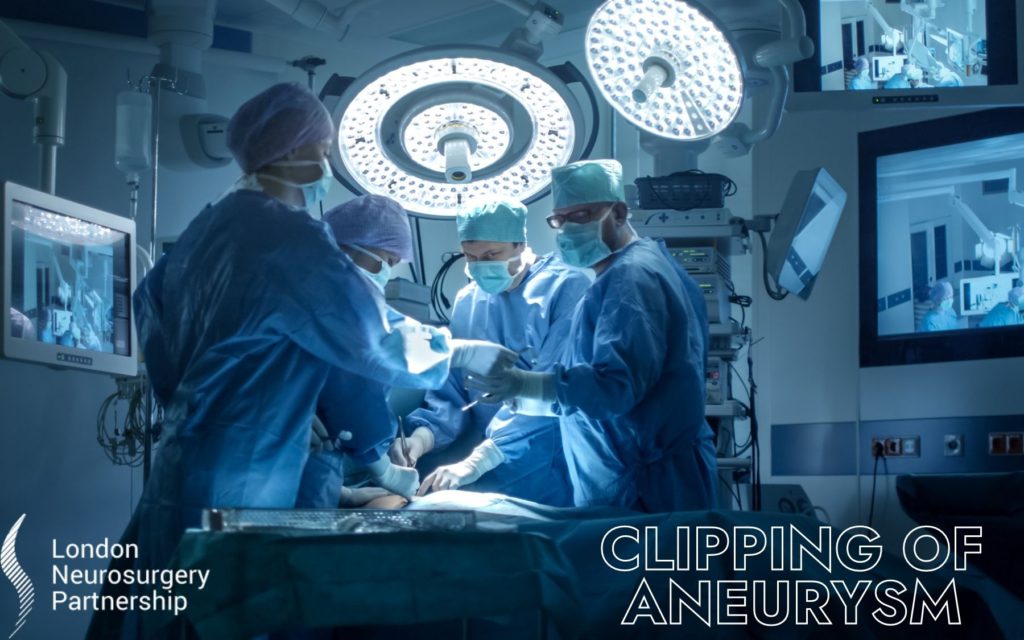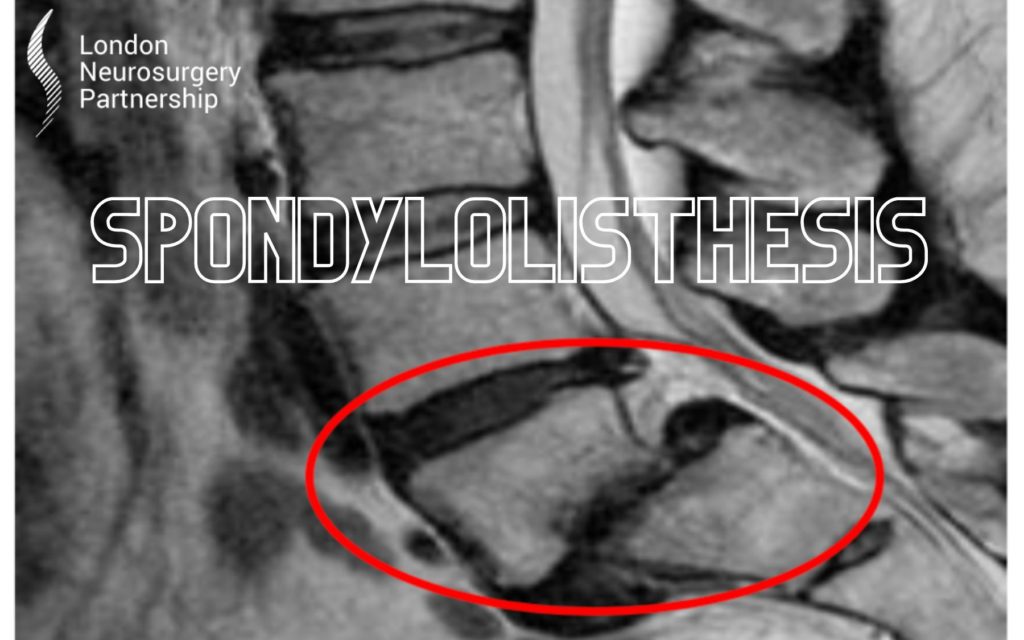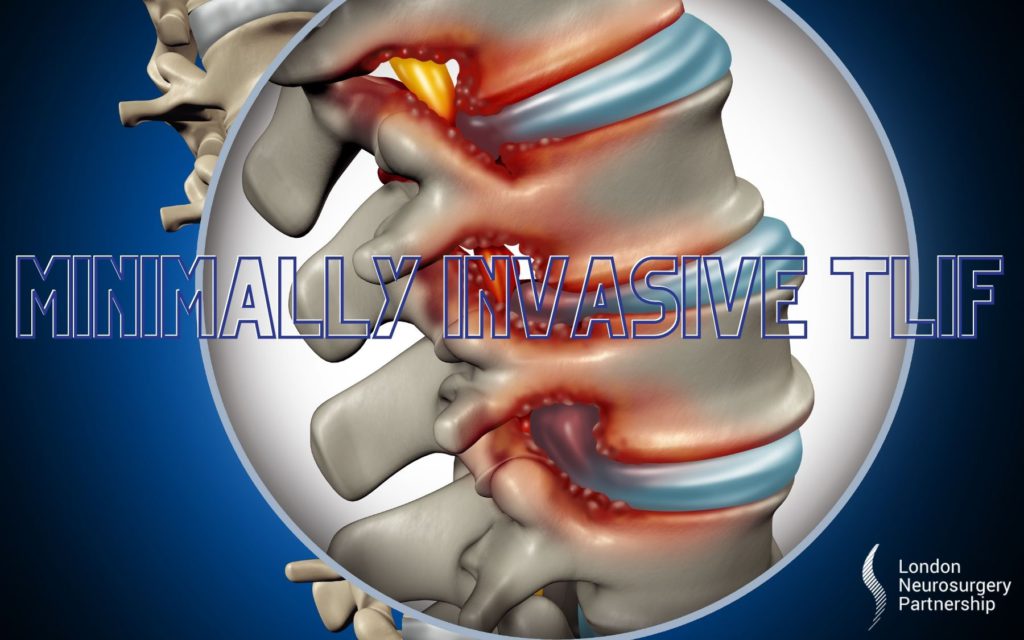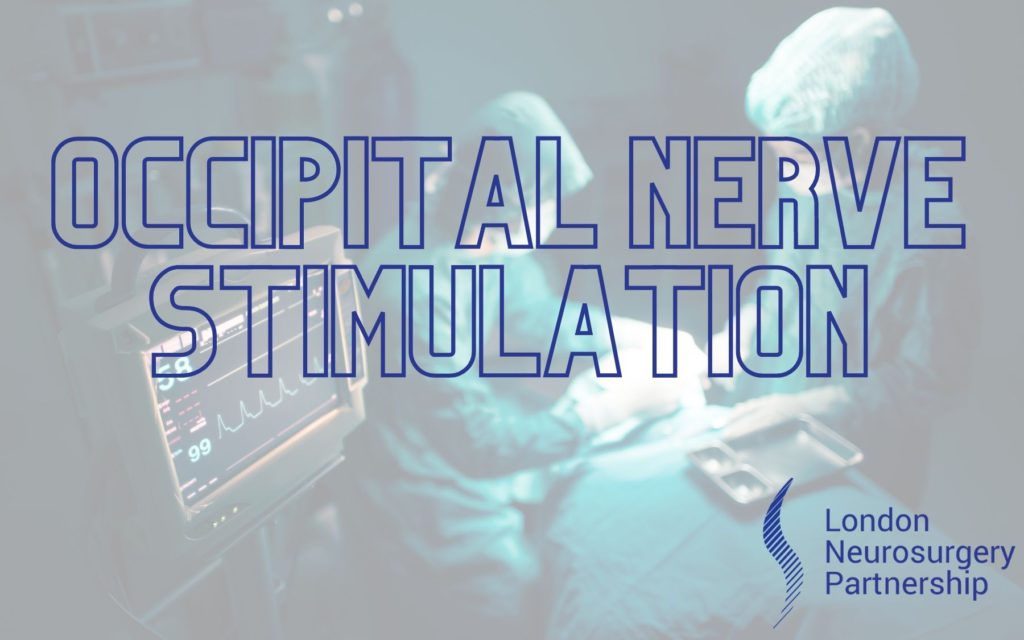
A brain aneurysm is a bulge in a blood vessel caused by a weakness in the blood vessel wall, usually where the blood vessel branches. If a brain aneurysm is detected before it ruptures, treatment may be recommended to prevent it rupturing in the future. Most brain aneurysms do not rupture, so neurosurgical aneurysm clipping is only carried out if the risk of a rupture is particularly high. Mr Christos Tolias tells us more…
Neurosurgical aneurysm clipping
Clipping is an open surgical procedure to seal off the aneurysm and therefore prevent blood from entering the aneurysm. Clipping of brain aneurysms has been available for longer than endovascular coiling surgery and has excellent long-term results.
Neurosurgical aneurysm clipping surgery is carried out under general anaesthetic, which means you will be asleep for the procedure. This is an open surgery, which means the skill is cut and microsurgery is performed. In preparation for the surgery it may be required to shave a section of the hair on your head.
Depending on the location of the aneurysm, the neurosurgeon will make an incision behind the hairline or on the back of your head. From there, a section of the bone called a bone plate is removed from the skull (craniotomy) to expose the brain tissue. Under a microscope, the aneurysm is carefully separated from the normal blood vessels and the brain, and it is clipped with a device that resembles a small clothes peg. When the titanium clip is in place, the aneurysm is sealed off and no more blood can enter it. The bone plate is then secured back into place and the wound is closed. The clip is left permanently in place.
What will happen afterwards?
After the surgery you will be transferred to a recovery ward where you will be looked after by our specialist team. Your neurosurgeon will explain your recovery time to you and when you can expect to get back to your usual routine.
What are the risks?
As with any disease of the brain, the decision to undergo treatment for a brain aneurysm requires a careful consideration of possible benefits versus risks. Your consultant will consider the following factors when deciding if you are a suitable candidate for surgery;
- Age. The risks associated with surgery in older adults often outweigh the potential benefits of extending natural lifespan.
- The size of the aneurysm. Aneurysms larger than 7mm often require surgical intervention, as do those larger than 3mm in cases where there are other risk factors.
- The location of the aneurysm. Brain aneurysms located on larger blood vessels have a higher risk of rupture.
- Family history. Brain aneurysms are considered to have a higher risk of rupturing if you have a history of ruptured brain aneurysm in your family.
- Underlying health conditions. Some health conditions increase the risk of rupture, such as autosomal dominant polycystic kidney disease (ADPKD) or poorly controlled high blood pressure.
The risks of neurosurgical clipping include bleeding, infection and stroke-like symptoms. For these reasons, your consultant may decide against aneurysm clipping and to carefully monitor your brain aneurysm and only operate if the risk of rupture increases.
This article is intended to inform and give insight but not treat, diagnose or replace the advice of a doctor. Always seek medical advice with any questions regarding a medical condition.





0 Comments